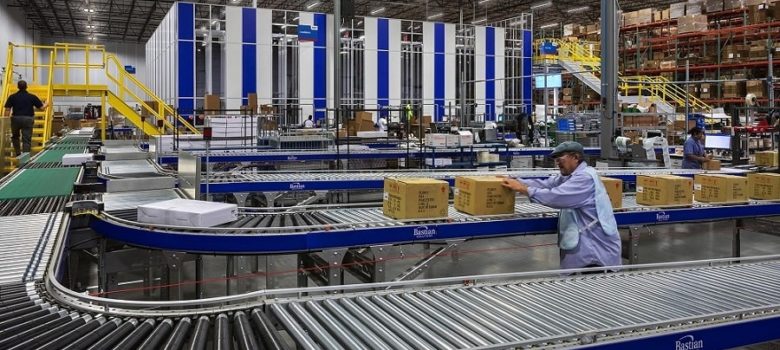
- Apr. 18
- Richard Parker
Controlling the Heat in Your Manufacturing Plant
The seed exists and the grows in your mind. But where your baby is truly born is in the manufacturing plant. You might have a brilliant idea for a product, but there’s no other way to make the figment of your imagination a reality without it being created in reality.
This is the dream that you offer many businesses around the world with your manufacturing plant or maybe you have your own plant for your own products. Either way there’s one commonality that you will have and that’s heat. Manufacturing is a loud, dirty, hot process. Metals are being melted, bolts are being welded, moulds are being filled, screws are being tightened and sheets of various fibers of being hammered and twisted. It’s rough and tough, but without physical labor and complex tools, nothing we see or touch could be made. The heat affects everything, from the tools, materials and the workers themselves. Without proper control methods, the heat will impair the quality of products and working conditions in your plant.
The classes of air
There’s no way to avoid it, heat is going to be rampant all around your plant. However not all heat is bad. Certain products have to be made in an environment where the air is a little warm and others need to be made where the air is cool. So the main challenge here for your manufacturing company is to control the class of air. Hot air rises and cool air falls to the floor. Inherently this means that the ceiling of your plant will be warmer. Ventilation ducts are therefore needed to be fitted all across the ceiling and roof so hot air can be caught and recycled. The heat will be coming from the factory floor, so without this eventually the whole plant will become an oven. The vents should also be pushing out fresh new cool air to maintain the balance. Air flow is the key to keeping workers and the overall environment in a predictable balance of temperatures.
Heat within tools
Where the heat comes from is where violent reactions and friction are occuring. This obviously means that the tools your workers use must be able to tolerate as much heat as possible and still carry on working. Therefore use tool lubricants, fluids and oil like the types you can find from New Era Fuels and for various tools also such as for cutting tools, grinding, and hydraulic as well. The more heat that your tools are having to handle the more wear and tear will occur as well. So with a good lubricant you also keep the temperature of the tools down, and in turn the workers are not sweating up to their eyes as well. Bear in mind that not all tools need the same oil type, as their motions and actions are very different. Each tool in your manufacturing plant will need to be treated individually.
It’s get hot and sweaty in manufacturing plants. Friction, grinding, cutting and welding all happen close together. To keep your workers from being harmed by the heat, focus on ceiling ventilation systems that can flush out hot air and pump in cool air.



